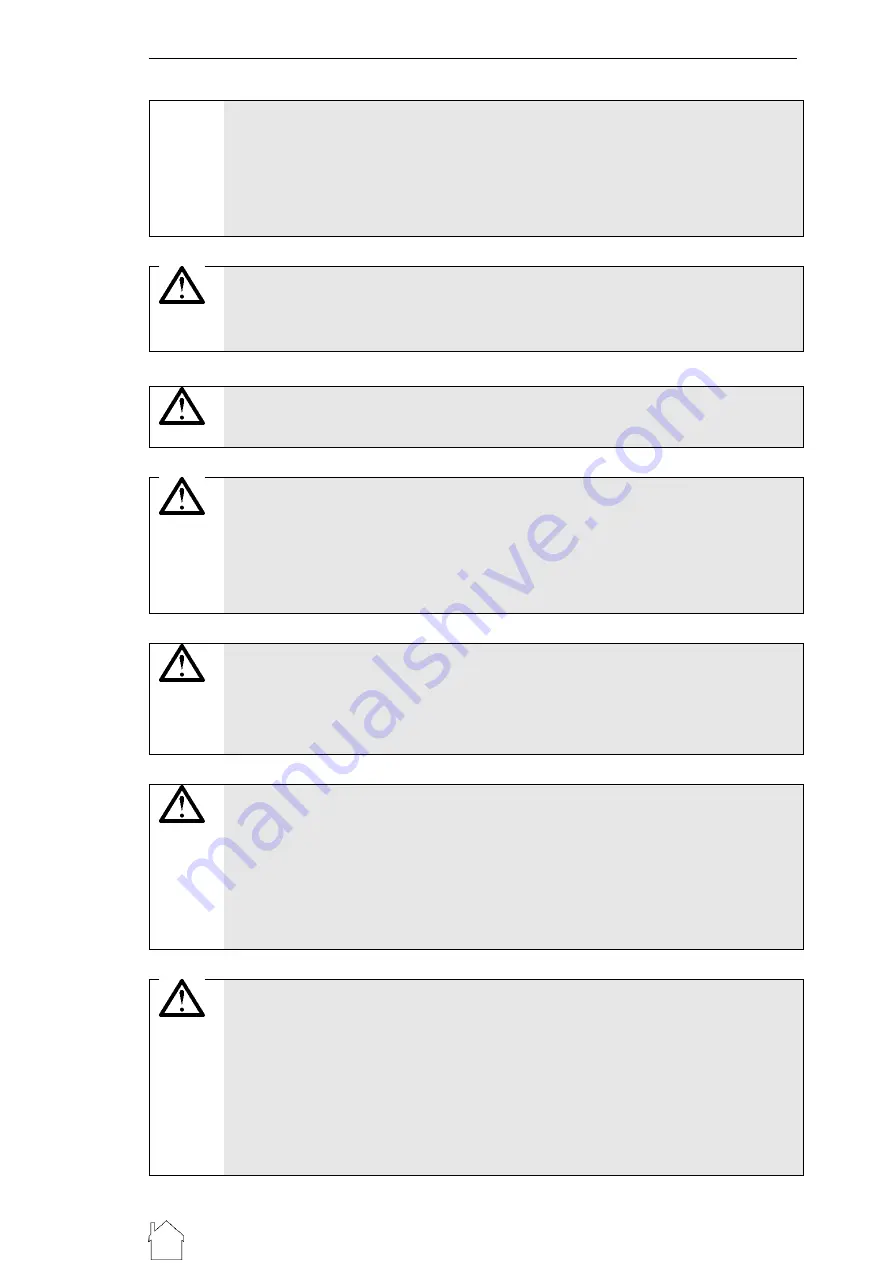
IceCure Medical Ltd.
DSR3210000 rev. D
ProSense™
Confidential
User Manual
23
Return to first page
object that has been in contact with liquid nitrogen. Loose fitting gloves are
recommended so that they may be discarded quickly in the event that any
liquid nitrogen splashes into them. If you are working with open containers
of liquid nitrogen, boots should be worn and trousers should not be tucked
into boots, but worn outside.
Personal protective equipment is essential and can save you from the risk
of liquid nitrogen.
Full face shield and safety glasses are recommended for
eyes/face protection.
Fill the container slowly
to
avoid the expansion stress that occurs as a result
of the rapid cooling. Too much pressure can damage the container.
Do not seal the containers tightly.
The use of a tight-fitting stopper or plug
that prevents the adequate venting of gas allows a build-up of pressure that
could severely damage or even burst the container. Even an accumulation of
ice or frost on the lid can interfere with proper venting. To assure safe
operation, only use the original sponge lid supplied with the dewar.
Liquid nitrogen containers should always be stored in an upright position.
Tipping the container or letting it lie on its side can result in spillage and may
damage the container. Dropping the container or subjecting it to severe
vibration may damage the vacuum insulation system.
Transfer liquid nitrogen with care.
Spilling and splashing are the primary
hazards of transferring liquid nitrogen from one container to another.
NEVER overfill the containers. Filling above the specified level is likely to
produce spillage when the lid is replaced. Transportation of liquid nitrogen
must always be done in the original container and in accordance with local
laws and safety rules.
Do not attempt to dispose of residual or unused quantities of liquid
nitrogen.
For safe disposal contact your supplier. For emergency disposal,
discharge slowly to the atmosphere in a well-ventilated room or outdoors.
If spilled liquid nitrogen causes a cloud to form, the room must be evacuated
and ventilated immediately. Anyone experiencing headache, dizziness,
difficulty breathing, or other symptoms of hypoxia should receive immediate
medical attention.






























